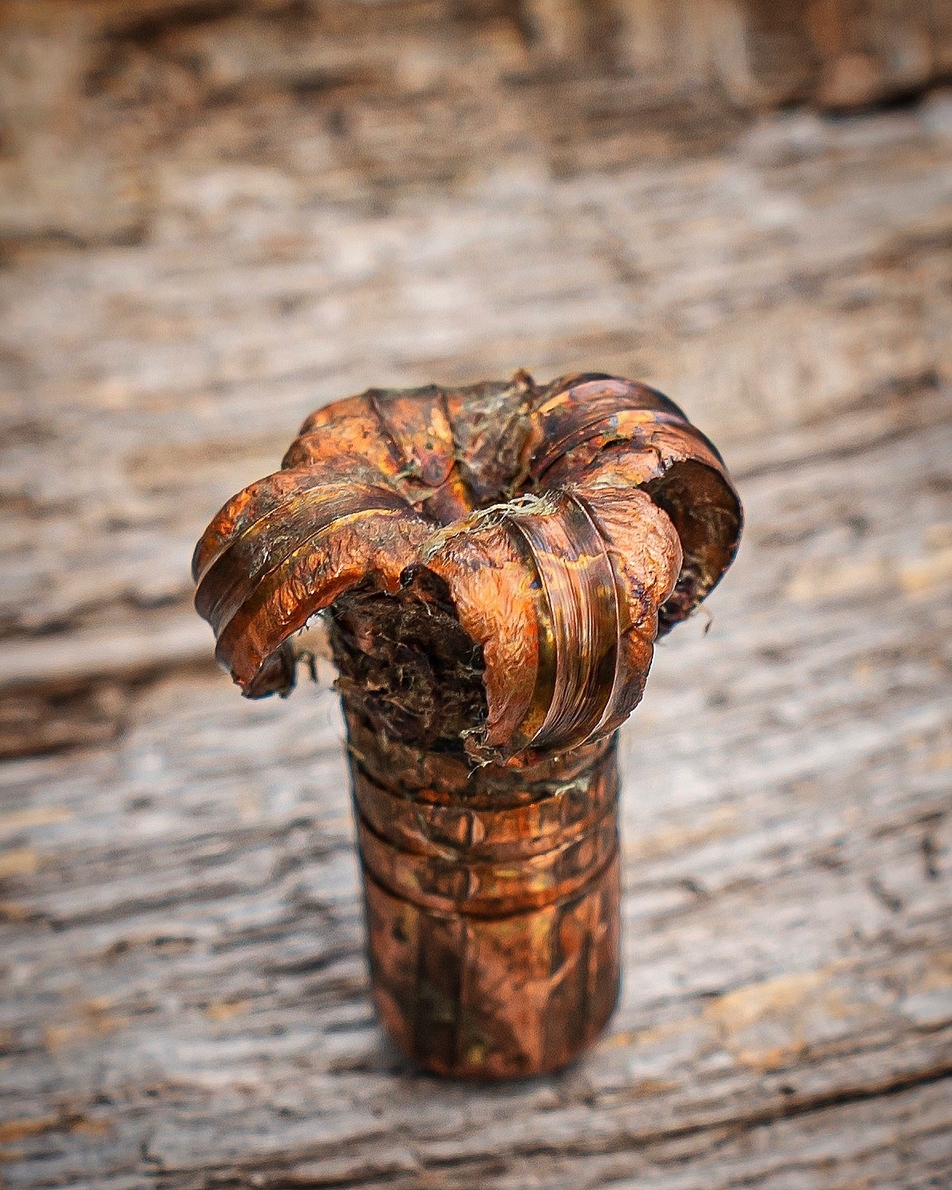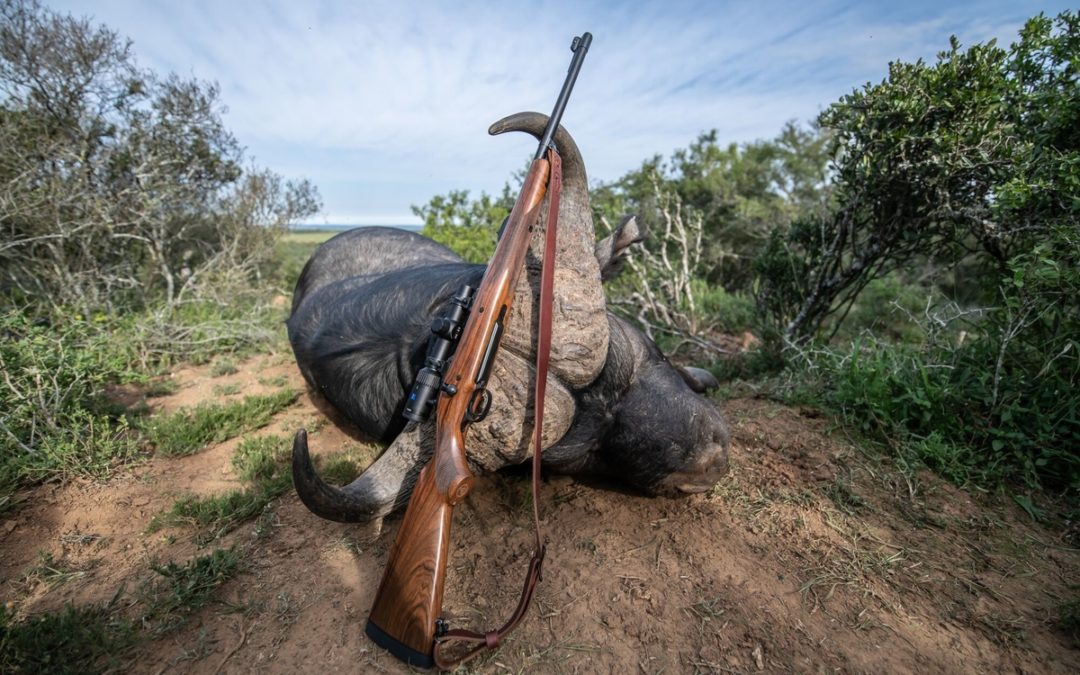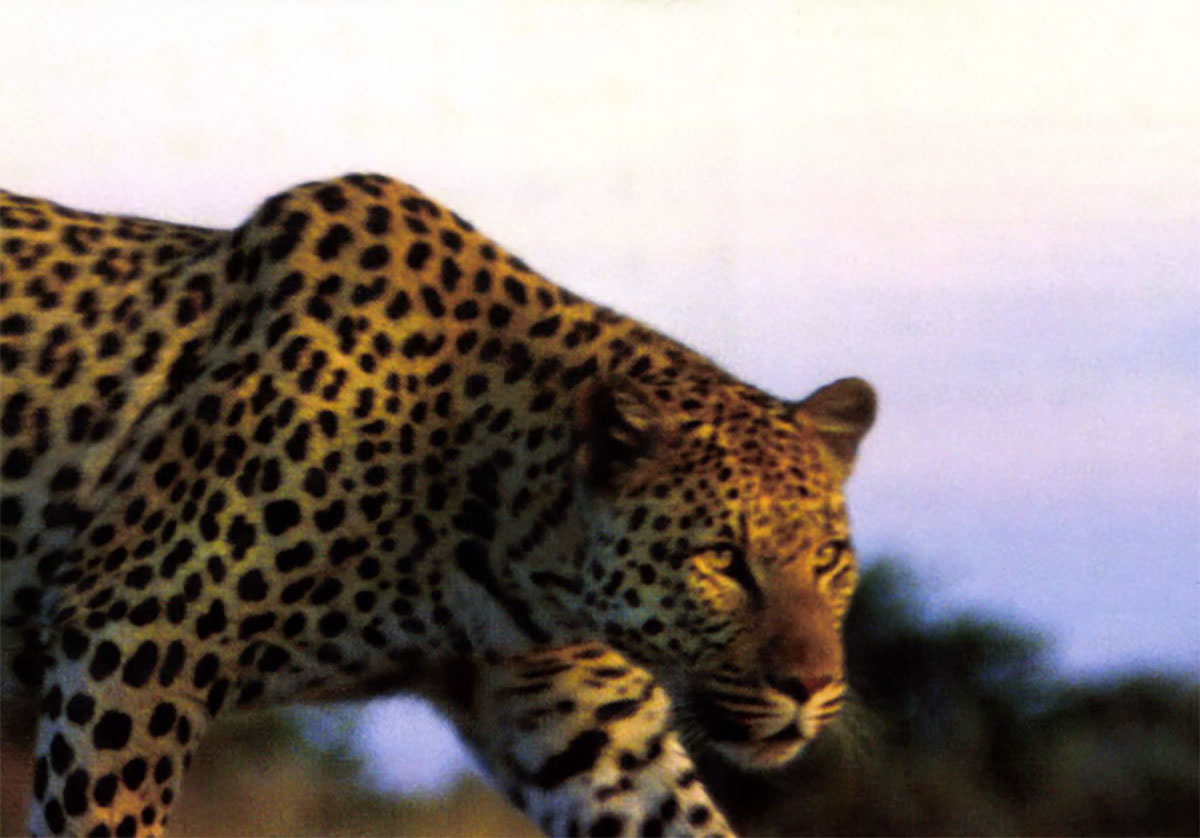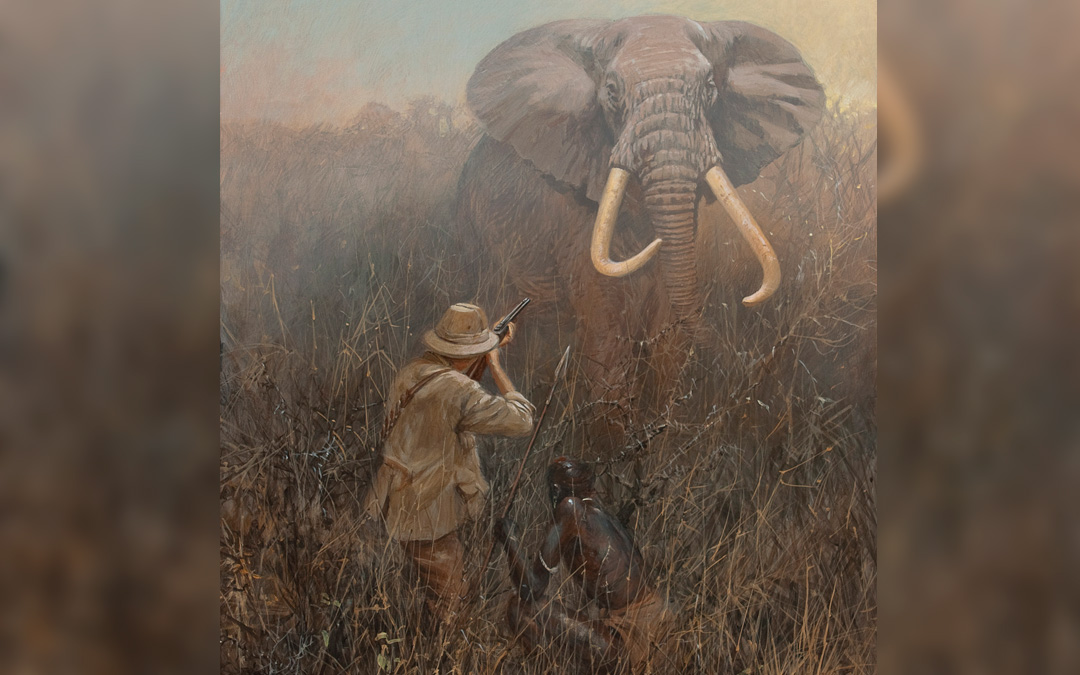 John took the last two steps to get to cover and the bull lifted his head. It was just enough to show us that we had his undivided attention. Moments before, I could see the circular motion the bull was making with his massive jaws while he chewed on a heap of grass that hung down on both sides of his mouth.
John took the last two steps to get to cover and the bull lifted his head. It was just enough to show us that we had his undivided attention. Moments before, I could see the circular motion the bull was making with his massive jaws while he chewed on a heap of grass that hung down on both sides of his mouth.
He wasn’t chewing anymore.
Now, he was giving us a glaring look that suggested he was deciding if he was going to kill us. In an instant, the bull squared his stance leaving me with only a frontal shot. As my thumb flicked off the safety, I exhaled and squeezed the trigger. I kept both eyes open as my rifle recoiled sharply and I watched as the bull took the hit to his chest. John leveled his rifle at the bull in the event that we’d need a backup shot, but the bull pivoted off his hind legs and ran into a dense thicket. We stood silently with our PH, Scot Burchell, for several seconds without any of us saying a word.
Months earlier, John and I were surprised as we opened the boxes to find our CZ 550 American Safari Magnum rifles in .458 Lott. We’d both chosen the “Fancy Grade” option from CZ, but neither of us expected such good-looking stocks on dangerous game rifles that sell well below the $2,000 range. After all, we didn’t choose the CZ’s for looks; we chose them because of their legendary reputation for reliability in the field.

CZ Safari Magnum rifles are a working man’s gun and, as such, are overbuilt for the guides and professional hunters who bet their lives on them.
CZ Safari Magnum rifles, in my experience, have always been very utilitarian grade with plain wood stocks. They’re a working man’s gun and, as such, are overbuilt for the guides and professional hunters who bet their lives on them. Aesthetics don’t really top the list of necessities for a professional hunter whose main job is to keep you alive during an elephant or buffalo charge. That said, our rifles were different. They were both very good looking with dark figuring throughout the Turkish walnut stocks.
Manufactured in the Czech Republic, the CZ 550 action is a Mauser-style controlled-round-feed design. The massive magnum-size bolt utilizes a claw extractor that controls each round’s movement from the magazine to the chamber. The same claw rips the spent cartridge from the chamber and pulls it rearward until the fixed position ejector makes contact with the case, sending the spent round into next zip code. The entire function is forceful and reliable.

This is the bullet recovered from the author’s Cape buffalo.
One surprising feature of the CZ 550 American Safari Magnum is the rifle’s capacity. The oversized action and magazine allow this robust tank to hold five of the extra large .458 Lott cartridges, six if you chamber a round and then bottom load the magazine. If you need six rounds of .458 Lott to bring down an animal, you should probably rethink your involvement in the world of dangerous game hunting. But they’re there if you need them.
The rifles ship with 25-inch cold hammer-forged barrels. John kept his at the factory length while I had a competent gunsmith cut mine down a bit. Atop the barrel are a set of very heavy-duty iron sights of the 3-leaf variety. At 50 yards with the open sights I was able to cover three shots with a quarter using the rifle’s single set trigger, but I added a set of Talley steel quick-release rings and a Zeiss 1-4x24mm optic. That extended my accuracy out to 100 yards where I was able to average 1-inch groups with the factory-loaded 500-grain Barnes TSX solid copper bullets. I took the scope off using the quick release levers and re-installed it to check my zero. The release operation takes less than three seconds and the return to zero was perfect. Sixty days later, I was in Africa standing over a dead Cape buffalo bull.

After being shot, the buffalo ran into thick cover. It was found less than 100 yards from where it was shot.
It took some time to find the old buffalo. The frontal shot meant we had to track the bull without finding so much as a drop of blood. The sun dropped below the horizon and we were in an area so thick you couldn’t see eight feet in front of you. Scot made the prudent decision to abandon the track for the night and pick it back up in the morning. Nobody in their right mind tracks a hit buffalo in the dark in thick brush.
The next morning we found ourselves back on top of the hill where the buffalo stood at the moment of the shot. After searching, we located the bull. He was dead less than 100 yards from where he stood when I pulled the trigger on the CZ, but the seemingly impenetrable bush made him very difficult to locate. He was old with textured hard bosses and good width. He was exactly the bull we set out to hunt.




